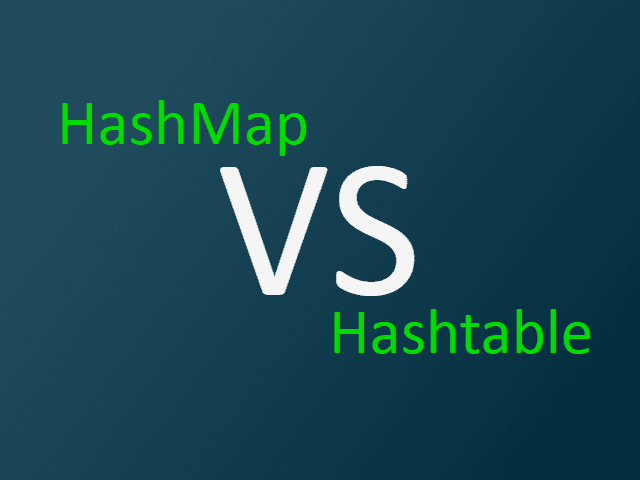HashMap and Hashtable store key/value pairs in a hash table. When using a Hashtable or HashMap, we specify an object that is used as a key, and the value that you want linked to that key. The key is then hashed, and the resulting hash code is used as the index at which the value is stored within the table.
Sample Java code.
// A sample Java program to demonstrate HashMap and HashTable
import java.util.*;
import java.lang.*;
import java.io.*;
/* Name of the class has to be "Main" only if the class is public. */
class Ideone
{
public static void main(String args[])
{
//----------hashtable -------------------------
Hashtable<Integer,String> ht=new Hashtable<Integer,String>();
ht.put(101," ajay");
ht.put(101,"Vijay");
ht.put(102,"Ravi");
ht.put(103,"Rahul");
System.out.println("-------------Hash table--------------");
for (Map.Entry m:ht.entrySet()) {
System.out.println(m.getKey()+" "+m.getValue());
}
//----------------hashmap--------------------------------
HashMap<Integer,String> hm=new HashMap<Integer,String>();
hm.put(100,"Amit");
hm.put(104,"Amit");
hm.put(101,"Vijay");
hm.put(102,"Rahul");
System.out.println("-----------Hash map-----------");
for (Map.Entry m:hm.entrySet()) {
System.out.println(m.getKey()+" "+m.getValue());
}
}
}





0 comments:
Post a Comment